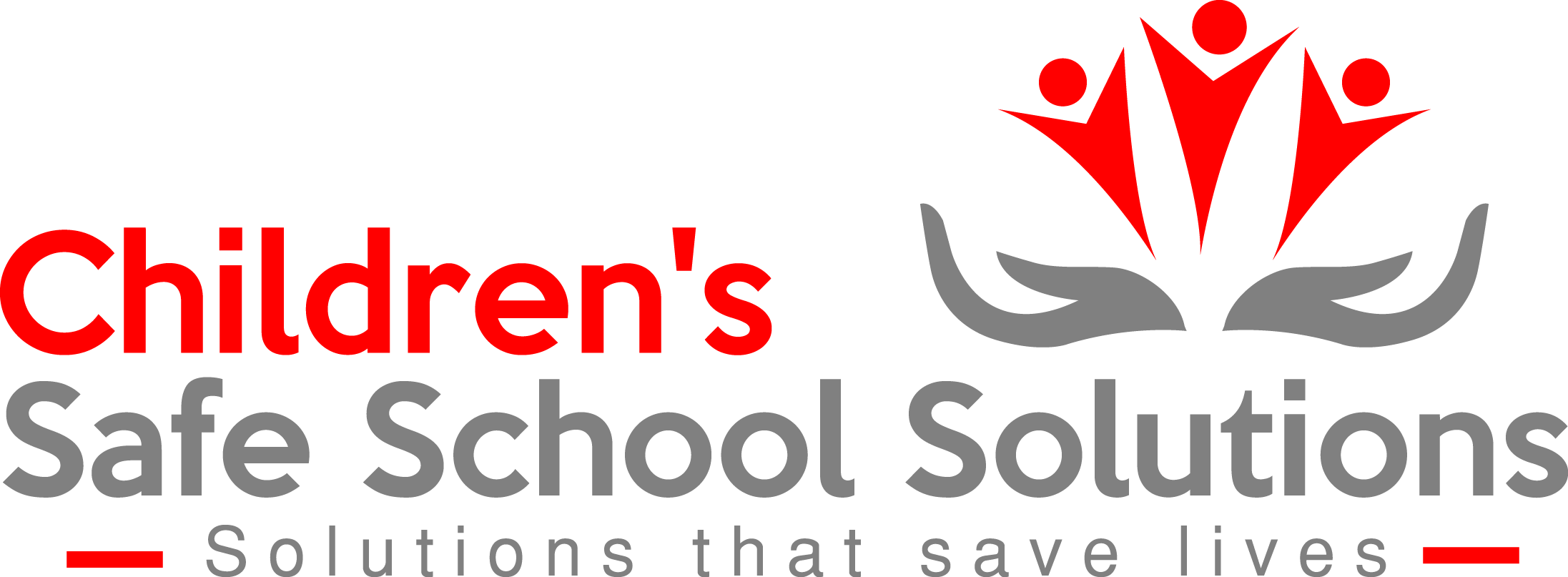S.A.F.E.T.Y. TRAINING
One hundred and forty minutes. That’s the amount of time between when gunmen at the Bataclan theater began rounding up survivor-hostages after their initial killing spree, and when police began their successful assault on the theater. All told, it was over 160 minutes from the first shots to when the first responders were able to reach those inside the venue: more than two and a half hours.
ISIS’s attacks in Paris offer an extreme example of a general principle of active-shooter attacks: Even the best emergency personnel cannot reach shooting victims until the threat has been neutralized. For a period of time that is very often going to be longer than it would take someone with a serious wound to bleed out, the victims are on their own.
This vulnerability is, in part, what motivates some to call for arming citizens for self-defense. But even supposing every terrorist attack was met by a civilian-led resistance, that still wouldn’t solve the problem presented by a victim shot in the thigh, dying on the floor. Whether professionals or amateurs are involved, taking down multiple shooters can take time. Active-shooter incidents present both a security and a medical challenge.
This is an entirely foreign scenario for most people, which adds an extra element of terror. But it’s also a scenario one segment of the population is uniquely familiar with: the military. And in recent years, a number of doctors have become convinced that the lessons learned in battles abroad could also be used to protect people at home: In mass shootings and terror attacks, civilians NEED to be their own first responders.
S.A.F.E.T.Y. stands for: Survival Aid For Every Teacher & Youth.
C3S specializes in teaching emergency care and training civilians in military techniques to improve survival.
S.A.F.E.T.Y. training for civilians, is an adaptation of what the U.S. military calls Tactical Combat Casualty Care (TCCC)—a response to the realization that soldiers were dying on the battlefield from survivable wounds before they could make it to a hospital. A 2012 study found that almost a quarter of deaths in the wars in Iraq and Afghanistan were “potentially survivable,” and 90 percent of deaths overall occurred before the casualty could be treated at a medical center. Numbers like those, including a statistic that 90 percent of those with potentially survivable wounds died specifically from “uncontrolled blood loss,” have recently led both the military and civilian groups to focus on techniques that can be performed quickly with minimal training by non-medical personnel, in the hope that future deaths might be avoided.
S.A.F.E.T.Y. training involves not just medical techniques, but threat recognition and situational awareness. The Army and Navy medical corps that established the TCCC guidelines divided care into three stages: 1) “care under fire”; 2) “tactical field care,” or “the care rendered by the medic or corpsman once he and the casualty are no longer under effective hostile fire” but have not yet been picked up for transportation to a medical center; and 3) “combat casualty evacuation care” once in a vehicle en route to a medical center.
The main concern during “care under fire,” is not actual medical attention but “handling the immediate situation”; in other words, moving oneself, and the wounded person, to a safer area. The only medical intervention at this stage would be, if possible, to stop major bleeding from an extremity wound with a tourniquet—a compression device placed on the limb above the wound. (Although tourniquets are now judged to be safer than previously thought, those wishing to provide first aid should always seek out instruction from a professional, and be aware of local laws governing the provision of first aid in emergency situations.)
The majority of tactical field care takes place once you have moved, the shooter has moved, or some sort of new barrier exists between you and the threat. The emphasis on recognizing when the situation has changed is part of what makes such care a response not just to the medical aspect of shootings, but the security aspect as well.
C3S S.A.F.E.T.Y. Certification covers:
- Finding a safe place to administer first aid
- Blunt Trauma aid
- Tourniquet instruction knife stabbing and gunshot wounds
- Pressure dressings—to be applied after a tourniquet is in place, if the bleeding is not bad enough to require a tourniquet, or if the wound is in a location where using a tourniquet isn’t possible (anywhere not on the arms or legs).
- Addressing compromised airways by moving the patient into a better position or, in the case of a chest wound, buying time with what’s known as an “occlusive dressing”—an air-tight bandage that helps keep air from being sucked into the chest cavity, and displacing and deforming the lungs and heart.
- Positioning—that non-professionals can do to slow the onset of shock or delay swelling for bad head injuries.
- Practice- putting tourniquets and pressure dressings on each other—applications that can be quite painful for the patient, when done properly.
- NAEMT Certification
A less quantifiable benefit of learning tactical first aid is empowerment. We’ll save lives with more civilian training. But additionally, it improves resiliency in the community, and decreases psychological damage when ordinary citizens have a plan in case of emergency, and don’t feel powerless in the face of unpredictable threats.
If empowerment on its own seems insignificant, consider that decisive action and situational awareness—both facilitated by tactical care training—are considered by many psychologists and self-defense experts to be some of the most crucial factors in surviving an emergency situation.
